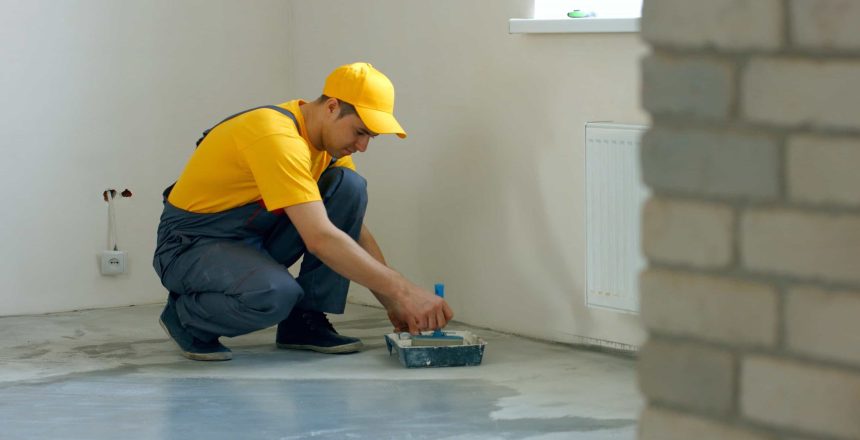Climate change is at the forefront of everyone’s mind these days. It is imperative for us to be careful about how we use the planet’s limited resources, and until corporations can get their act together, the onus to care for the environment largely falls upon us. Most of us love the look and feel of concrete and masonry work – they help provide us with the safest abodes, one that we feel can outlive us for years and years. Sadly, given that they are always in high demand, these materials can be rather damaging to the environment. Ever see those luxury condominiums that seem to spring up out of nowhere in local communities? You can bet that they are mostly made of concrete.
To help us get around the ugly fact that constructing with concrete and masonry produce a significant amount of CO2 emissions, we have new found respect for restoring and reusing existing concrete structures. So much of trying to make the best of the current situation when it comes to climate change boils down to simply making the most of the resources we currently have on hand which provide the environmental benefits of restoring concrete and masonry. Similar to our approach to fashion and property goods: shopping vintage or thrifting your local second-hand store spares the environment unnecessary pain. So, here’s how making the best of existing concrete and masonry structures works.
First things first, you’ll need an in-depth survey of the materials in question. It might help to conduct a thorough inspection of the concrete and identify the type you can work with. You can call DC Byers in Grand Rapids at (616) 538-7300 for a full analysis of your building’s restoration and discover whether or not the masonry structure is ripe for reuse. Maybe there’s potential there, but you need someone to help point it out to you.
The next step to breathing life into old concrete – once it’s been ascertained that it is in good shape and can be reused – is to have the structure deconstructed. Sometimes, the skeleton of the building itself is rather damaged, but the raw materials can be reused. Other times, the raw materials are actually in awful shape and are basically unsalvageable. Hence, the importance of the aforementioned professional survey. If the material itself can be reused, all you have to do is begin the hard work of taking it apart with the assistance of trained professionals. This may take some time, depending on the scale of the project and the size of the team in question, but regardless, it is the right step in ensuring that you have essential raw materials at your disposal for use in your next venture without exacting the same environmental cost.
The next step would be to remove debris and waste material. This is especially important to do, not only to safeguard the local environment but also to protect the health of people living in the area. While it’s all good to reuse and restore existing concrete, it doesn’t help the environment much if you don’t take pains to remove waste. If you want to save on landfill space, then this is really the way to go.
Finally, everything should be thoroughly cleaned in order to prepare your materials to be recycled for the next venture. The company you work with should implement that step and leave everything in excellent shape. If that lies outside their purview, then you can hire a waste disposal service to help take care of things. In general, you should be committed to working with an eco-friendly service to finalize your project and provide the environmental benefits of restoring concrete and masonry.
